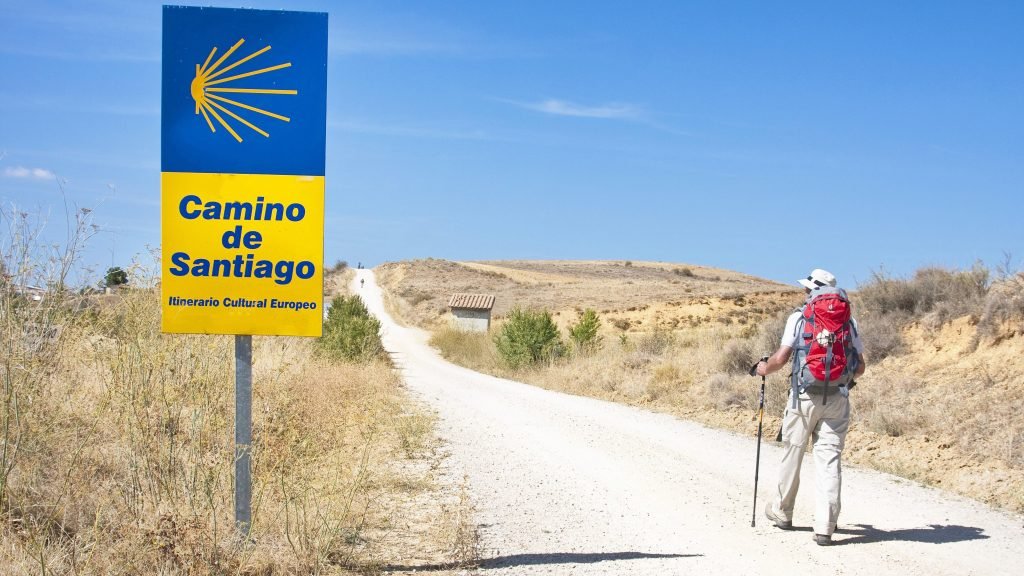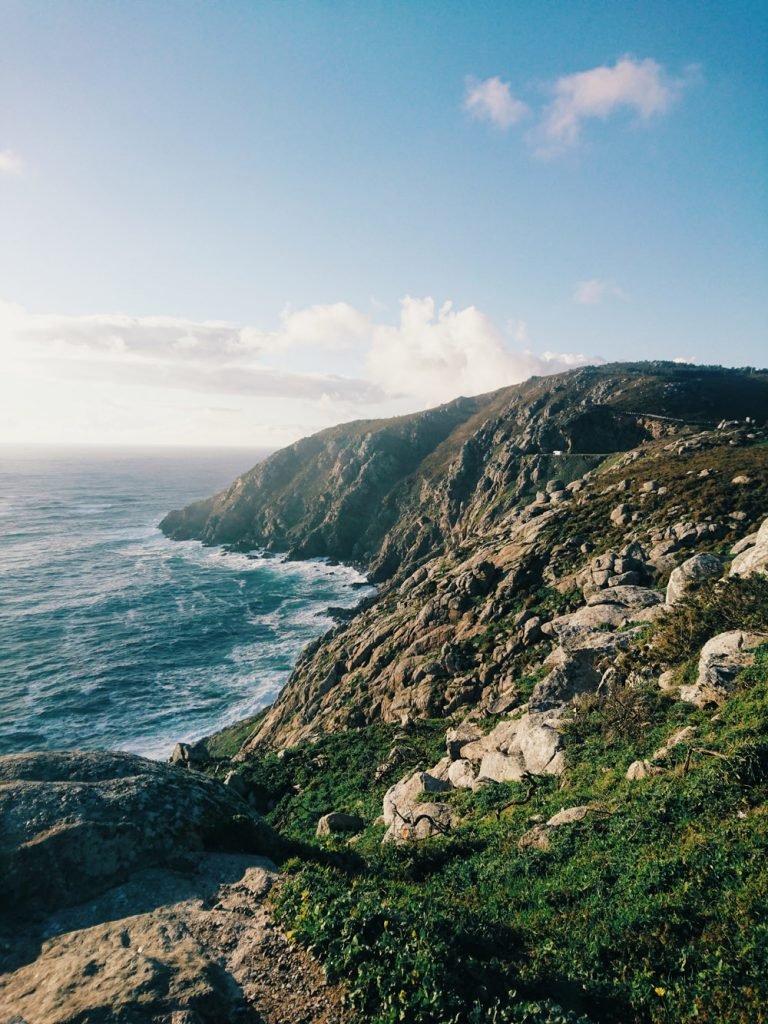Ever heard of a pilgrim’s passport? Do you know anything about the Way of St. James? You may have read these titles in the pages of Paulo Coelho’s novel “Diary of a Magician”. This route actually exists and is considered one of the oldest and most pilgrimage routes in Europe.
It runs through Spain, France, Portugal and ends in a single place — a Spanish town in the north of Galicia, Santiago de Compostela. Currently, the Santiago Way, as it is also called, has almost lost its religious character and has become a popular and picturesque tourist route. Therefore, you can safely choose tours to Spain.

Where to start your route
There is no specific starting point, but there are four main places to start from. Accordingly, there are four routes: the French, northern, primitive and Portuguese way.
The French Pilgrim’s Way is considered the most popular and very crowded starting point, but also the longest of all — you will have to overcome 800 km. The route starts in the west of France, in the small town of Saint-Jaune. Most tourists prefer to keep the course from there, but you can go from anywhere. Some take Pamplona, Burgos, Leon or even Sarria, which is located just 100 km from Santiago, as a landmark.
The northern route is considered the most picturesque, because the main part of it runs along the Atlantic coast in northern Spain and will be 860 km.
The primitive way is the easiest. It starts in the small town of Urquera, but many travelers start from Oviedo, which is the easiest way to get there. The total journey time will be 400 km, depending on the starting point.
And Portuguese is the only pilgrim route laid out on the territory of Portugal and it will take two weeks of your time to master it if you go from Porto. In any case, no matter what route to follow, you can be sure that the impressions will last for years to come.

How to get to Camino de Santiago
If you decide to follow one of the Spanish routes, you can get to Madrid by plane from any major airport in Europe. Many airlines, such as Wizzair and Ryanair, fly for 150-200 €. And if you plan your trip in advance, you can buy a ticket for much less money.
From Madrid, you can easily reach any city by bus or train. Leaving Santiago will also not be a problem: the city has an airport from which planes fly to almost any major city in Spain. For budget options, you can take a bus to Madrid, which departs from Santiago Central Station several times a day.

How everything works
Wherever you start your journey to Santiago, you need to get a “pilgrim’s passport” – this is a small document.
In each city, it marks the passage of a certain part of the route. You can buy it for a couple of euros in any alberga (hostel) where you will stay for the night. They are also sold in information bureaus, which are available only in large cities. And the seal on the passage of the path will be put in any bar, church or alberga.
In almost all major cities there are municipal alberges, one night in it will cost 5-6 €. For this price, you will receive a bed in the common room. But know that it will have to be shared with 15 more like-minded people. There is access to a shared kitchen, shower, somewhere provide breakfast with Wi-Fi.
The cost of private alberges is from 10 to 15 €, where you can count on a private room. Municipal hostels often open near churches, so they have a strict daily schedule: you need to clear your bed before 8:00 in the morning, and if you want to have breakfast, you will have to get up before 6:00.

When is the best time to hit the road to Camino de Santiago
Late spring or early autumn is the best time of year to go on the Camino de Santiago trail. The weather will be warm, and there will be plenty of places in Alberga. Yes, and on the way you will not encounter a large flow of people.
When is the best time to go the Way of St. James? It will be relevant at any time of the year, but in late autumn, winter and early spring, many hostels, shops and cafes will be closed in small towns and villages. If you do decide to hit the road in one of these seasons, then be prepared for the fact that you will have to make stops in larger cities. This means that every day you need to cover a much longer distance, passing by small towns.
In addition, the weather in winter in Spain is accompanied by rain, and in the mountains it can generally rain. Not a good time for hiking, is it? On the other hand, if severe weather conditions do not frighten, then this time has its advantages. The absence of crowds of tourists on the route, which are often found in the summer. You can easily feel their presence in the queues in Ahlberg or when you try to order food at the local pub. When traveling in the summer, be prepared for high temperatures and scorching sun.

What to take with you on a hike
The main attribute in the campaign is a backpack. You don’t need a tent or a warm sleeping bag, especially in summer. Everything you need to take on the road, fit in a 10-liter backpack, which should be comfortable and tailored to your parameters. After all, you will not part with it throughout the entire route. Although there is a service for delivering things from one point to another for a few euros.
In addition to a suitable bag, be sure to buy good trekking boots that tightly fix your feet at the ankles. The average travel distance per day will take you 25-30 km. And believe me, the appearance of calluses is guaranteed. Therefore, it is important to have a light change of shoes that you should wear in the evenings. Take petroleum jelly or similar ointments to lubricate your feet before going out, and good gel patches if you do get calluses.
If you plan to cook on your own on the route, then you should think about the dishes — most of the alberges have a kitchen, but there are no attributes for cooking. The same goes for those who decide to go all the way with a tent.
Another very valuable item for summer hikes is sunscreen and a headdress. They should definitely be taken, so as not to get burned and not get sunstroke. Also, don’t forget to take offline maps just in case, or upload them to your phone in advance.
Sensitive natures should get earplugs. When you have to sleep in the same room with a huge number of strangers every night for a month, you may start to get used to snoring, but many people still can’t come to terms with it. A strong and healthy sleep is the key to a wonderful and cheerful journey.

Undoubtedly, the entire journey to Santiago de Compostela is worth seeing. If you want to get to know the whole country first, then look for last-minute tours. For people who are going on such an adventure for the first time, I would advise you to choose the Camino de Santiago route shorter and easier, especially if you have no experience of long distances. But I still recommend that you gain strength, and after a while go back and walk the Path of Santiago again, along a longer and more thorny path.
Pamplona, Spain: Your Guide to Bullfights and Top City Attractions

